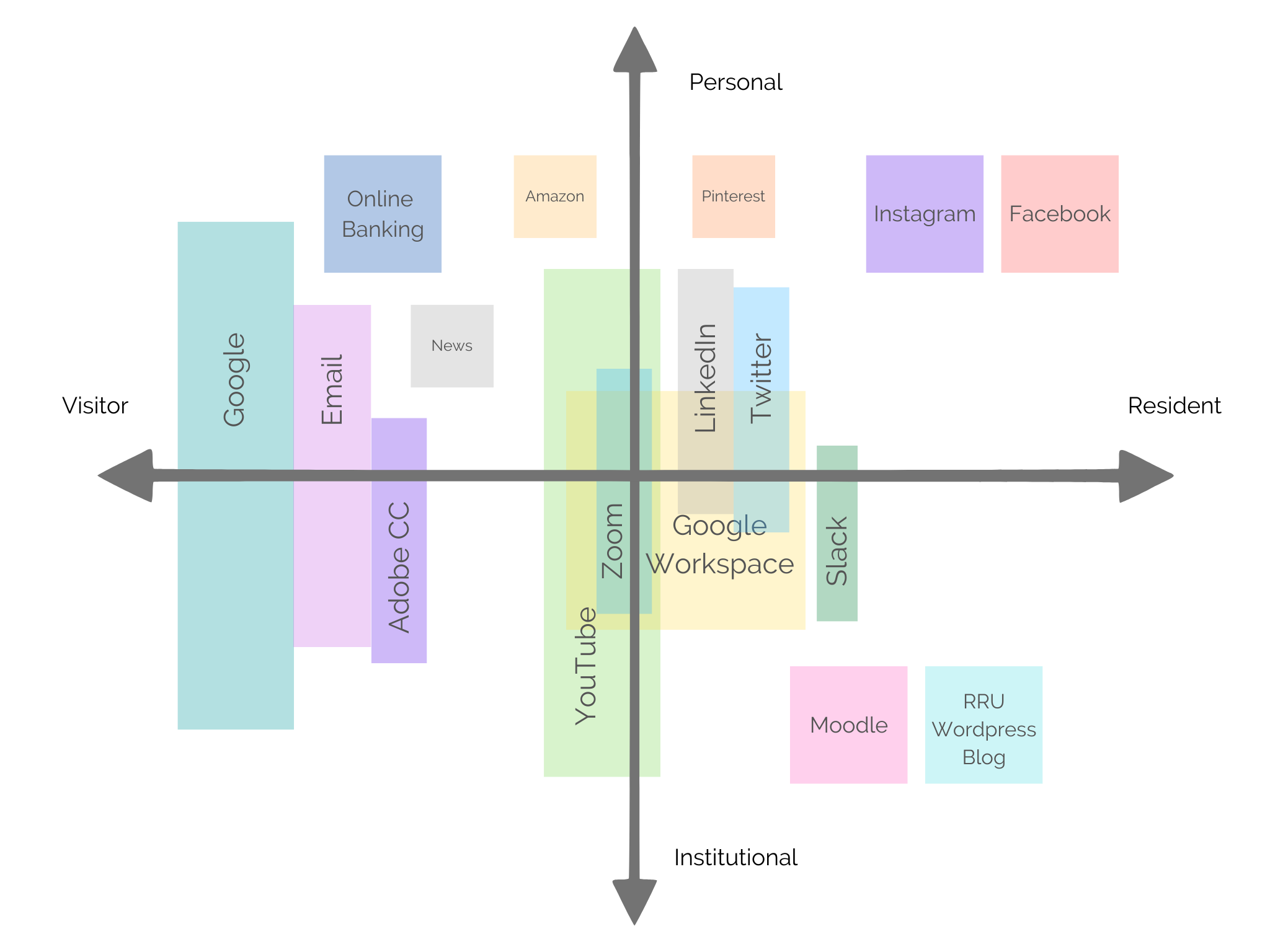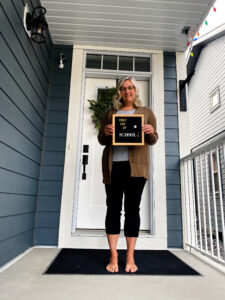
As part of the first course in the MALAT program, we have been given an assignment to develop a Digital Identity and Digital Presence (DIDP) plan to support the cultivation of our digital identity and presence over the course of the program. Although I have not considered my identity in this way before starting this course, through our required readings and preceding assignment, I have been spending considerable time reflecting on this and working towards a realization of my digital identity and presence and how I can cultivate that over the next 2 years or so. In a New York Times blog post, Kelly Schryver (2013) poses a question about being ‘googled’, “How much do you think about the fact that much of what you post will last forever, and can be seen by anyone?”. This question has caused me to think more critically about how I present myself in the digital world now and how I would like to cultivate that as I move forward in this program.
My main goal for developing my digital identity and presence relates to my contribution and collaboration within the learning community. From a social-constructivism perspective, my digital presence and collaboration with my cohort will support the construction of knowledge and subsequent learning when engagement and dialogue are present (Dron & Anderson, 2014, p. 43). Over the last few years, I have come to appreciate the construction of knowledge within a collaborative setting and truly value what I have learned from my peers in addition to readings and any formal instruction. My approach will be to show up authentically within this digital space and lean into vulnerability as I express my thoughts and ideas which may or may not be supported or correct but will contribute to dialogue and result in a greater depth to my learning.
As I embark on blogging in a public space, I would like to be cognizant of my digital footprint while also considering my audience, both the immediate as well as the potential audience from varying contexts (Boyd, 2010, p. 8). With this in mind, and as I have started with this post, I will include a small introduction to my writing to provide context to potential audiences outside of my MALAT cohort. I believe context is important for understanding and my hope is that if anyone stumbles upon my blog from outside of this program, they will be able to better understand what I have written.
I have much to learn. Although I have been working in community education for quite some time, the intersection of education and technology is fairly new to me. I certainly have more gaps than knowledge but I am confident that through the affordances of this program, that I will fill those gaps over time. As those gaps fill, success will be defined by growth in my digital competence, expansion of my networks and the cultivation of a digital identity and presence that is grounded in authenticity, openness, and continuous learning, reflected through my blog and engagement with my cohort.
References
Boyd, D. (2010). Social network sites as networked publics: affordances, dynamics, and implications. In Papacharissi, Z. (Ed.), Networked self: identity, community and culture on social network sites (pp. 39 – 58). https://www.danah.org/papers/2010/SNSasNetworkedPublics.pdf
Dron, J. & Anderson, T. (2014). Teaching crowds. AU Press. https://doi.org/10.15215/aupress/9781927356807.01
Schryver, K. (2013, February 5). Who are you online? Considering issues of web identity. The Learning Network. https://learning.blogs.nytimes.com/2013/02/05/guest-post-who-are-you-online-considering-issues-of-web-identity/


